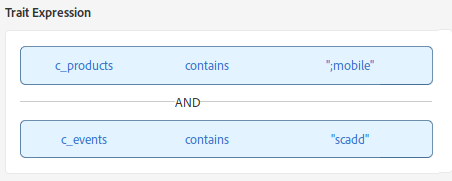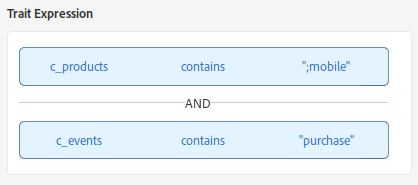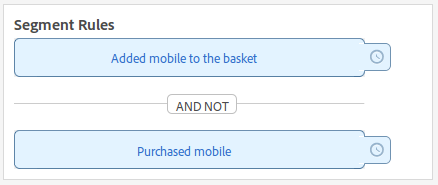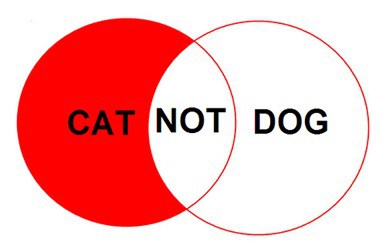
Unsegmenting vs suppression segments
24 Apr 2016 » AAM
[UPDATE 07/01/2019] I have changed the operator in the trait expressions. Thanks Glenn!
Initially, when we think of segments (or clusters) for ad segmentation, we think of ever-growing groups of cookies. Simple use case like purchasers, visitors to our website, subscribers to a newsletter or owners of a device fit in this model. However, advanced (and not so advanced) use cases do not work well with this model, where we have visitors entering and leaving regularly a segment, so a segment can shrink in size:
- Retargeting dropped baskets: the moment someone places an order, you do not want to retarget him again
- Customers of a mobile operator: it is very common nowadays to switch to a different provider frequently
- Age group: ever day, visitors enter one particular age group or leave it, as people grow older
Unsegmenting
The first and most natural solution to the advanced use cases is to create traits for the condition to enter a segment and the condition to exit a segment. This is what some of us call unsegmenting.
Let’s take the case of retargeting dropped baskets for visitors who have added a “mobile” product. In Adobe Audience Manager, you would create two traits and one segment as follows:
- Trait: Added mobile to the basket

- Trait: Purchased mobile

- Segment: Dropped baskets with mobile

Following the logic, the moment a visitor adds “mobile” to the basket but has not purchase it, he qualify for the segment. The moment when this same visitor purchases the “mobile” product, he will be removed from the segment. Between these two moments, you can target the visitor with ads about “mobile”, both on-site or through ad networks. AAM will take care of this automatically:
- For cookie based destinations, DIL will update the cookie, either adding or removing the mapping
- For server-to-server destinations, AAM will ping the other server, notifying of the changes
Suppression segments
Unfortunately, many DSPs do not support removing visitors from segments, even if AAM sends the information. As shocking as it may sound, it is still far too common. I can tell from my personal experience that many of my customers, when we tell them that there is this limitation, stare at us with a blank face, not understanding what we are telling them. It is like they cannot believe us.
Fortunately, not all is lost. Most DSPs support what some call suppression segments. I have also heard the name of negative segments and I am sure there are many more names. The idea is to create two segments: one with the conditions to enter the use case and another with the conditions to leave the use case. In our previous example, you would need to create two segments: one with just the first trait and another with just the second trait. Both segments need to be mapped to the destination of your choice (the DSP).
Then, you need to discuss with your account manager at the DSP and ask her to combine these two segments with and AND NOT.

Final thoughts
Although this solution tends to work with most of the DSPs, it is still a waste of time: you need to create an extra segment, map both to the destination and work with the DSP. Our request to our AAM clients is to put some pressure on your DSPs and request them to support unsegmenting natively. As I have already said, AAM already supports it and can send it to DSPs.